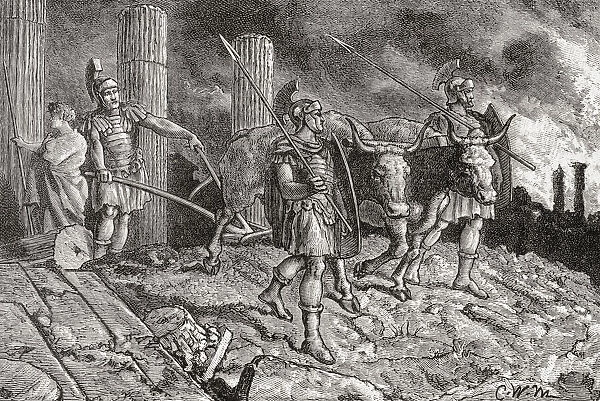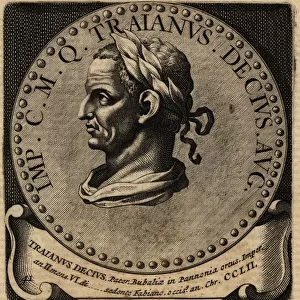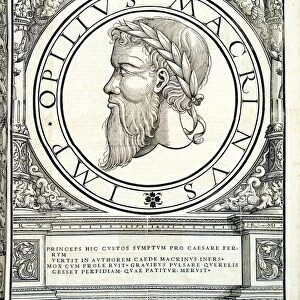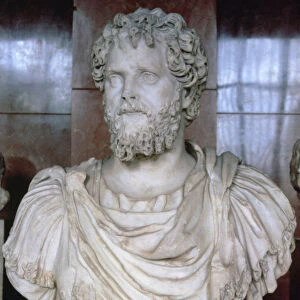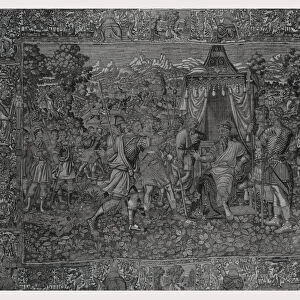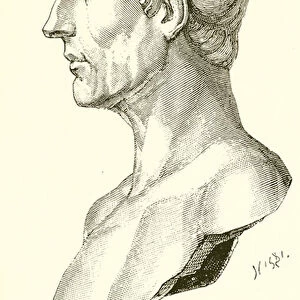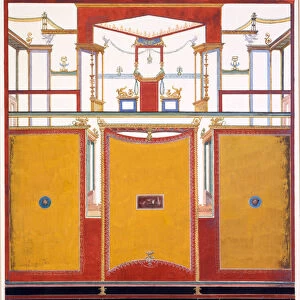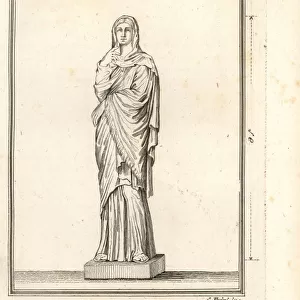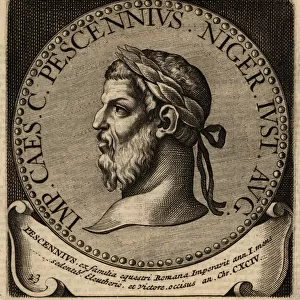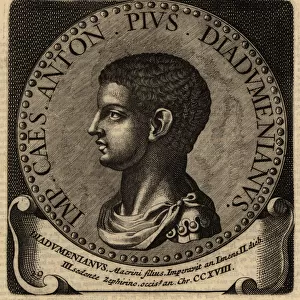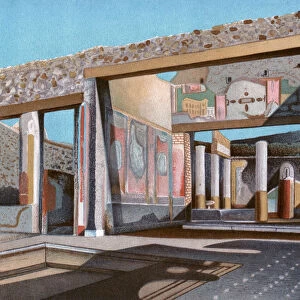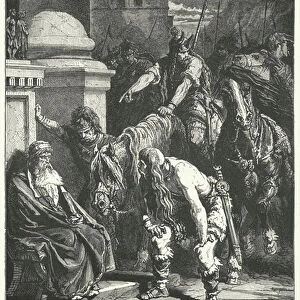Home > Europe > France > Canton > Landes
Roman general Scipio Aemilianus running the plough over the site of Carthage with salt after defeating it in the Third Punic War, 146 BC. In ancient times, salting the earth, or sowing with salt, was the ritual of spreading salt in the soil of conquered land by the conquerors, in order to prevent crops from growing again, and so ensuring the conquered never rebuilt. From Cassells Illustrated Universal History, published 1883
![]()

Wall Art and Photo Gifts from Design Pics
Roman general Scipio Aemilianus running the plough over the site of Carthage with salt after defeating it in the Third Punic War, 146 BC. In ancient times, salting the earth, or sowing with salt, was the ritual of spreading salt in the soil of conquered land by the conquerors, in order to prevent crops from growing again, and so ensuring the conquered never rebuilt. From Cassells Illustrated Universal History, published 1883
Design Pics offers Distinctively Different Imagery representing over 1,500 contributors
Media ID 24909205
© Ken Welsh
Carthage Crops Growing Plough Ritual Running Salt Site Ancient Times Conquerors Prevent Scipio Aemilianus Third Punic War
FEATURES IN THESE COLLECTIONS
> Europe
> France
> Canton
> Landes
EDITORS COMMENTS
This print captures the historical moment of Roman general Scipio Aemilianus running a plough over the ruins of Carthage, sowing salt into the conquered land after his victory in the Third Punic War in 146 BC. In ancient times, this ritualistic act of salting the earth was employed by conquerors to ensure that crops would never grow again and to prevent any possibility of rebuilding by the defeated. The image, sourced from Cassells Illustrated Universal History published in 1883, showcases an archival engraving that transports us back to this significant period. The black and white illustration exudes a sense of solemnity as it depicts Scipio Aemilianus carrying out this symbolic gesture with determination. The vastness and desolation of Carthage's landscape are emphasized through intricate details etched onto paper. This vintage picture serves as a reminder not only of Rome's military might but also their strategic psychological warfare tactics. Ken Welsh's expertly captured print allows us to delve into history and witness firsthand how conquests were solidified through both physical and psychological means. It is a testament to humanity's capacity for destruction as well as our relentless pursuit for dominance throughout time.
MADE IN THE USA
Safe Shipping with 30 Day Money Back Guarantee
FREE PERSONALISATION*
We are proud to offer a range of customisation features including Personalised Captions, Color Filters and Picture Zoom Tools
SECURE PAYMENTS
We happily accept a wide range of payment options so you can pay for the things you need in the way that is most convenient for you
* Options may vary by product and licensing agreement. Zoomed Pictures can be adjusted in the Cart.

